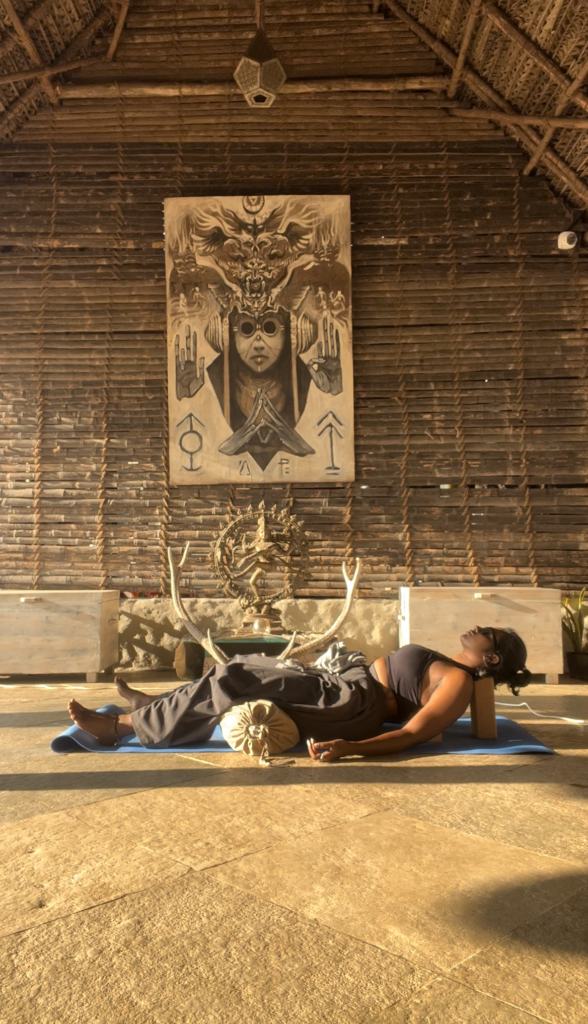BKS Iyengar, in his book Light on Pranayama, wrote about savasana: “It is the most difficult of yogic asanas to perfect, but it is also the most refreshing and rewarding.’”
Wondering a practice of lying down on your back with palms facing up, and closed has so much of importance? The following were the most often mentioned reasons why savasana is a crucial component of yoga practice:
- Tradition: A yoga practice loses its sacredness, without savasana
- Savasana allows the body to adjust to the recent practice it underwent.
- Of all the asanas, savasana is the most significant and advantageous.
- People can discover peace and quiet and de-stress in Savasana.
The following highlights served as good examples of these reasons:
“During my yoga teacher training, we learned that the goal of the asanas was to get the body ready for a comfortable position during meditation. That savasana was the most significant pose of all because it had two purposes: (1) it facilitated the body’s and mind’s integration of the previous pose, and (2) it served as the transition pose between asana and meditation.”
“My teacher in my first YTT urged us to teach without skipping savasana. In his opinion, the most crucial pose is savasana. The remaining postures prepare us for savasana, allowing our body to fully rest and unwind after the practice. They also allow us to take a few seconds to be attuned to our bodies. I don’t skip it because of those reasons.”
“The outcomes make me unhappy! It is, in my opinion, mostly a spiritual activity, and this is an example of how Western culture has desecrated a sacred heritage. I believe that if actual yoga is skipped, the whole point is lost. It seems like the most advantageous aspect.”
“I believe it’s critical to get ready to die.” (This was really submitted as a joke, but since practicing savasana, also known as corpse posture, is frequently believed to be a preparation for death, I decided to add it here.)
It’s also interesting to see that the asanas I teach in Yin are so passive and calming that I don’t feel like doing savasana at the end of a Yin session. At the end I’d like to say concluding a mindful yoga practice with an intentional time of awareness within rest can be an effective and meaningful way to transition from an asana practice back into life off the yoga mat.

